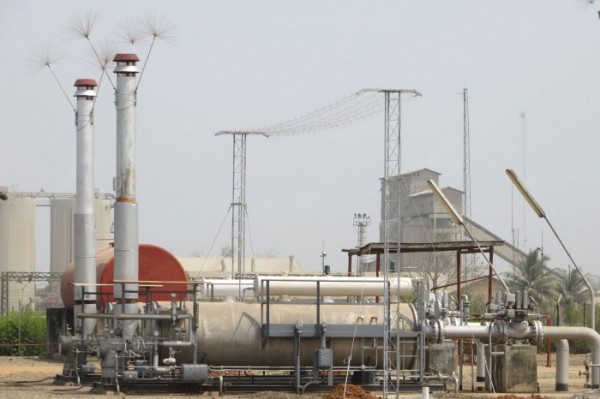- We Prevent Lightning Related Problems.

LEC Lightning Protection Expert to Speak at ADIPEC: Targeting Big Oil and Gas
September 18, 2013
To Strike or Not to Strike, that is the Question: Is there more lightning or am I imagining it?
October 11, 2013Lightning Protection is STILL Mission Critical to Operations and Sustainability- Don’t let Your Guard Down!

By: Lightning Diva@Large
As I was reviewing our blog archive yesterday morning, I came across a blog we did back in June, referencing an article written by Peter Carpenter, our Chairman of the Board, last December for Mission Critical Magazine and thought how the topic is still relevant today. Summer might be winding down here in the Northern Hemisphere, but lightning is still going strong across the United States and just getting started in the Southern Hemisphere. We just had a major weather event here in Colorado which gained nationwide attention and lightning has made several appearances since September 11 and continues to do so.
Just the last week, I read an article concerning a lightning strike at a General Motors plant in Wyoming. The strike not only disabled the plant’s primary and secondary electrical systems, it shut down the plant and halted production for a full day.
There was another incident about two weeks ago at the Baltimore-Washington International (BWI) airport when lightning struck the air traffic control tower, shutting down the airport for a few hours, delaying thousands of passengers and rerouting all flights to surrounding airports. Apparently the air traffic controller was reaching for a piece of equipment when a bolt of lightning hit the top of the tower, knocking him to the ground. Unfortunately, the tower was not protected from lightning and safety engineers took precautionary measures after the storm.
These two incidents alone show that lightning protection is essential for critical operations. Downtime and loss of productivity can cost businesses millions of dollars. But that doesn’t mean just any type lightning protection is effective. The industry has made many present-day advances from the conventional lightning rod invented by Benjamin Franklin. Why would anybody want to attract lightning, when they can prevent it from striking in the first place? With that being said, I thought it was a great time to repost Peter Carpenter’s article. Enjoy!
When Lightning Strikes…It’s Better
When it Doesn’t!
By: Peter Carpenter, Director of Applied Engineering at LEC
Featured in Mission Critical Magazine
When it comes to lightning, data centers, as well as all electronics and other mission-critical operations, face a fair amount of risk. In 2006, a Carnegie Mellon report found that 30 percent of businesses suffer damage from lightning storms. According to The Hartford, lightning is responsible for more than $5 billion in total annual insurance losses. It is also the third-largest cause of sustained outages in bulk power systems according to the American Electric Reliability Corporation.
Thunderstorms thrive in warm weather, and with climate change, thunderstorm activity—and the damage it creates—is only getting worse. Both Lloyd’s and the Insurance Information Institute reported a 15 percent increase in lightning-related losses from 2009 to 2010. In the U.K., the Association of British Insurers expects weather damage, much of it lightning-related, to double by the year 2040.
Data centers are not in the dark about this threat. Most have the traditional means of lightning protection—conventional lightning rods also known as Franklin Rods—incorporated in their building design. Rods work by “collecting” lightning, attracting strikes, and conveying the energy from those strikes to ground. It is a method of lightning rod protection that has been used for hundreds of years.
The main purpose of lightning rod protection is to protecting buildings from the physical damage that can often happen when a strike occurs. And they have largely provided the type of protection that was needed most when they were first invented, greatly reducing the amount of physical damage and fires that occur with lightning strikes.
Sometimes, however, the act of collecting lightning creates additional challenges. For example, the Browns Ferry power plant, a northern Alabama power facility owned by the Tennessee Valley Authority, had a problem with rods attracting lightning to a structure at the plant, an “off-gas” stack.
“The off-gas stack was originally protected by conventional lightning rod protection system, but equipment on the stack and around its base was routinely damaged during lightning storms,” according to Rick Brehm, a TVA manager with oversight of electromagnetic interference and instrumentation, and control systems. “Lightning strikes to the stack were observed.”
The damage from strikes required considerable equipment replacement and repair. When lightning would knock out the plant’s automated monitoring equipment, it meant extended periods of human monitoring, which increased the plant’s expenses and its employees’ workload. The company solved the problem by switching to an alternate lightning protection technology, called charge transfer, which stops the formation of lightning collection altogether in protected areas.


